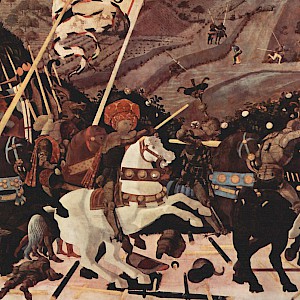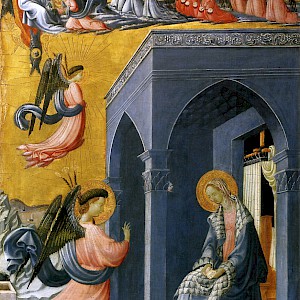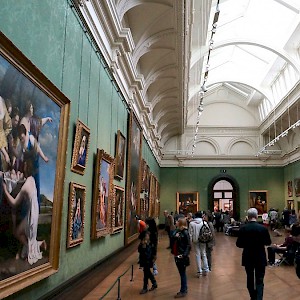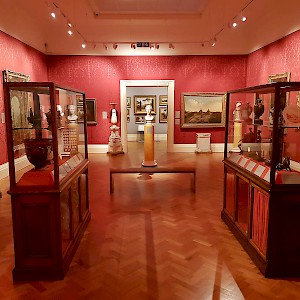Paolo Uccello
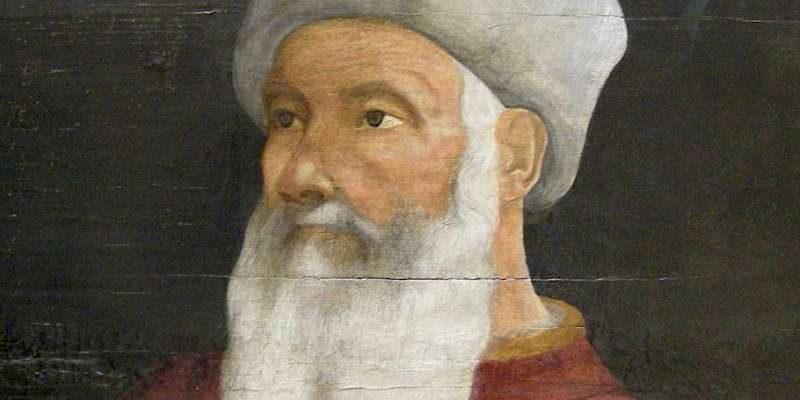
An early Renaissance master of perspective who played with it as a Cubist might
Where Masaccio tried to achieve a new level of clarity and illusionistic reality with his persepctive, Paolo Uccello (1397–1475) became obsessed over experimenting with it.
Uccello was famous for his utter mastery of persepctive. But once he'd mastered it, he played with it.
He would work out the math of perfect perspective in some paintings and then warping it in others to see how far he could push the tenets for narrative and symbolic ends rather than sheerly representative. He perfected the technique, but then used it to make scenes dramatically unrealistic, using the perspective as the tool to tell a story rather than using the images and characters in it (a very difficult and slippery concept to grasp for the rest of us, who are trained to look at a fresco kind of like a comic book and read the story in the actions and expressions of the characters).
His trio of 1456 paintings depicting the Battle of San Romano—painted for a Medici cousin, but now split between the Uffizi in Florence, the National Gallery in London, and the Louvre in Paris—is famously innovative but also rather ugly. The paintings depict one of Florence's great victories over rival Siena, but for Uccello it was more of an excuse to explore perspective. In the immortal words of art historian Frederick Hartt, in the panel now in London, a knight "has even managed to die in perspective."
In a way, Uccello was far ahead of his time, using perspective as a key operating tool of the painting rather than just a method, the way the Cubists would later warp perspective to show different facets of the same scene.
Selected works by Paolo Uccello in England
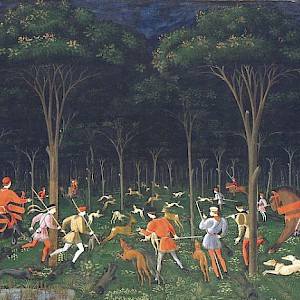
"La Caccia Notturna" (The Hunt in the Forest) (c.1465–70) by Paolo Uccello in the Ashmolean Museum, Oxford





